In a groundbreaking development for marine conservation, scientists have successfully revived coral larvae that were cryogenically frozen at -196°C. This milestone marks a significant leap forward in the global effort to preserve endangered coral species through advanced cryopreservation techniques. The experiment, conducted by a team of marine biologists and cryogenic specialists, offers hope for the future of coral reefs facing existential threats from climate change and ocean acidification.
The concept of a "coral frozen ark" has been circulating in scientific circles for nearly two decades, but until recently, the technology to successfully freeze and revive complex coral organisms remained elusive. Unlike simpler biological materials that can be routinely preserved in liquid nitrogen, coral tissues present unique challenges due to their symbiotic relationships with algae and complex cellular structures. The recent breakthrough involved developing specialized cryoprotectant solutions and precisely controlled freezing protocols that prevent ice crystal formation - the primary cause of cellular damage during cryopreservation.
What makes this achievement particularly remarkable is that the revived larvae demonstrated normal swimming behavior and the ability to settle on appropriate substrates, just like their never-frozen counterparts. Researchers observed the thawed larvae under controlled laboratory conditions where they exhibited healthy polyp development and showed signs of establishing symbiotic relationships with their algal partners. These behaviors are critical indicators that the cryopreservation process didn't compromise the larvae's biological functionality.
The implications of this success extend far beyond laboratory conditions. Coral reefs worldwide are experiencing unprecedented bleaching events and mortality rates due to rising ocean temperatures. Current conservation methods rely heavily on preserving coral fragments in underwater nurseries, which remain vulnerable to the same environmental stressors affecting wild populations. Cryopreservation offers a potential safeguard - a way to maintain genetic diversity in secure biobanks while scientists work to address the root causes of reef degradation.
Dr. Emma Richardson, lead researcher on the project, explained the painstaking process behind the breakthrough: "We had to completely rethink our approach to coral cryopreservation from the ground up. Traditional methods that work for fish embryos or mammal cells simply weren't effective for coral larvae. The solution came from developing a multi-stage protocol that prepares the larvae's cellular structure for deep freezing while maintaining their biological integrity." The team tested dozens of cryoprotectant cocktails before identifying formulations that could penetrate the larvae's tissues without causing toxicity.
While celebrating this achievement, scientists caution that cryopreservation is not a standalone solution to the coral reef crisis. Even with perfected techniques, the logistics of collecting and preserving genetic material from hundreds of coral species present enormous challenges. Moreover, frozen repositories only serve their purpose if there are healthy marine environments to eventually reintroduce preserved corals. The technology must be paired with aggressive climate action and habitat restoration efforts to have meaningful impact.
The next phase of research will focus on scaling up the process and developing standardized protocols that can be implemented by conservation groups worldwide. Researchers are particularly interested in applying these techniques to preserve endangered coral species that have shown resistance to warmer waters and acidification - traits that could prove invaluable for future reef restoration projects. Parallel work is underway to improve methods for freezing adult coral fragments and reproductive cells, creating a comprehensive conservation toolkit.
Marine conservation organizations have welcomed the development with cautious optimism. The Great Barrier Reef Foundation has already announced plans to incorporate cryopreservation into their conservation strategy, while international collaborations are forming to establish global coral biobanking initiatives. These frozen repositories could one day serve as invaluable genetic libraries, preserving biodiversity that might otherwise disappear from our oceans.
As the technology matures, ethical questions emerge about how to prioritize which species to preserve and how to balance cryopreservation efforts with in-situ conservation methods. Some researchers argue that limited resources might be better spent addressing the root causes of reef decline, while others see biobanking as an essential insurance policy against worst-case scenarios. What remains undisputed is the urgent need for action - scientists estimate that without dramatic intervention, most of the world's coral reefs could perish within decades.
The successful revival of cryopreserved coral larvae represents more than just a technical achievement; it symbolizes hope for an entire ecosystem on the brink. While the road ahead remains challenging, this breakthrough demonstrates that scientific innovation can provide tools to buy precious time for coral reefs. As research continues, the coral frozen ark may evolve from experimental concept to cornerstone of marine conservation strategy, helping ensure that future generations might still witness the breathtaking beauty and biodiversity of healthy coral reefs.
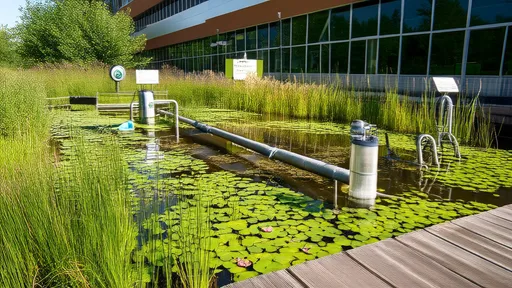
By /Aug 7, 2025

By /Aug 7, 2025
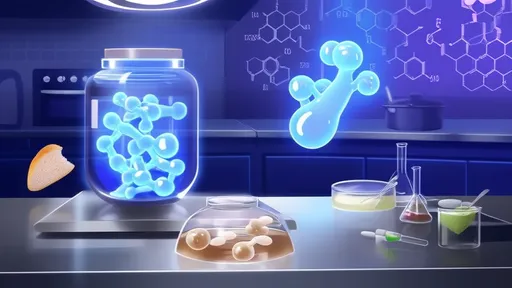
By /Aug 7, 2025

By /Aug 7, 2025
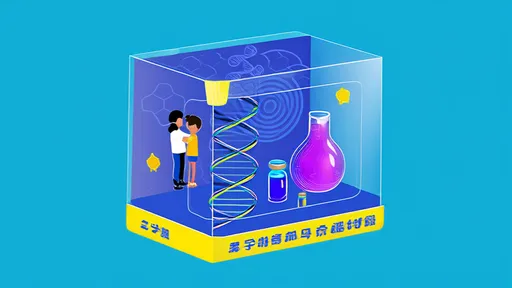
By /Aug 7, 2025
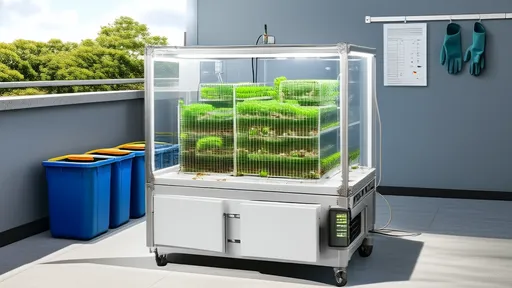
By /Aug 7, 2025

By /Aug 7, 2025
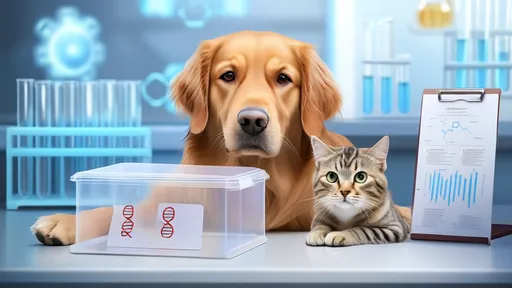
By /Aug 7, 2025
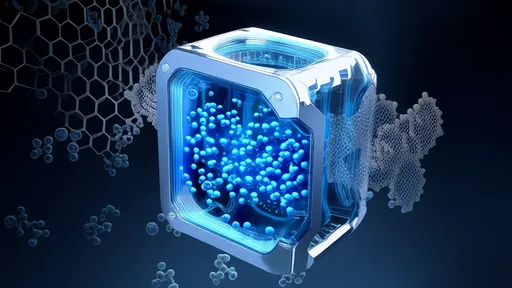
By /Aug 7, 2025
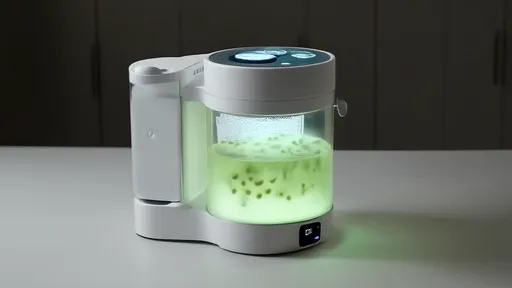
By /Aug 7, 2025
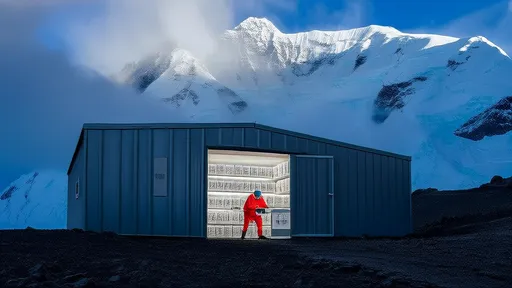
By /Aug 7, 2025

By /Aug 7, 2025
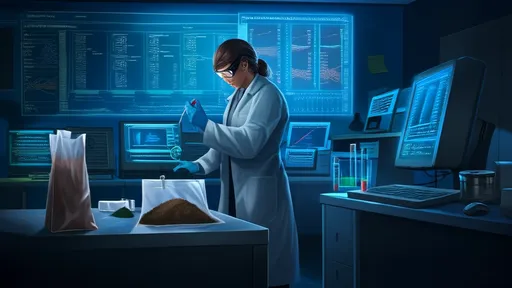
By /Aug 7, 2025
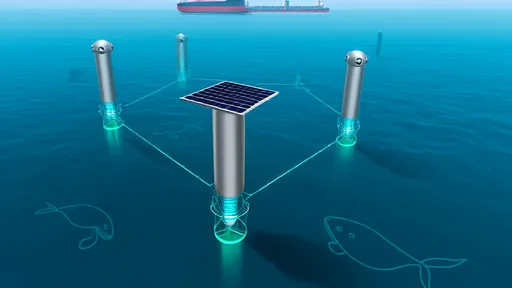
By /Aug 7, 2025
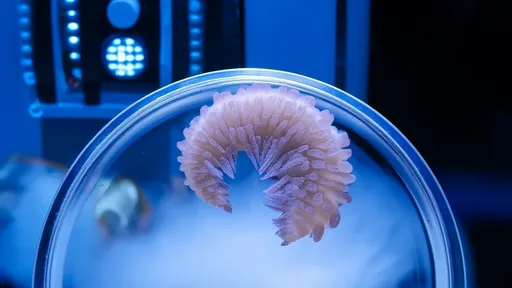
By /Aug 7, 2025
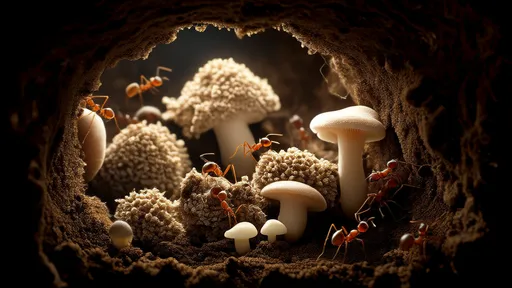
By /Aug 7, 2025

By /Aug 7, 2025
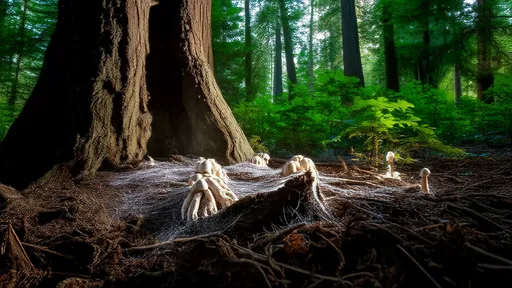
By /Aug 7, 2025
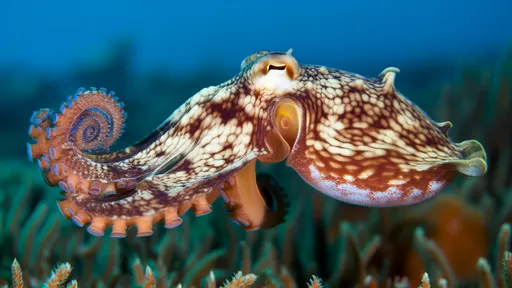
By /Aug 7, 2025
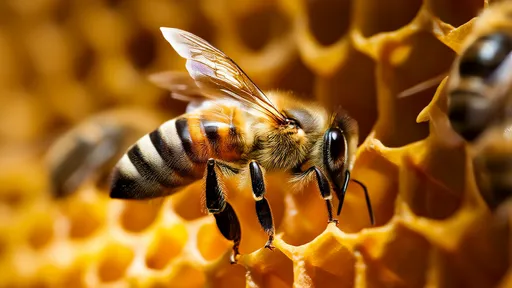
By /Aug 7, 2025